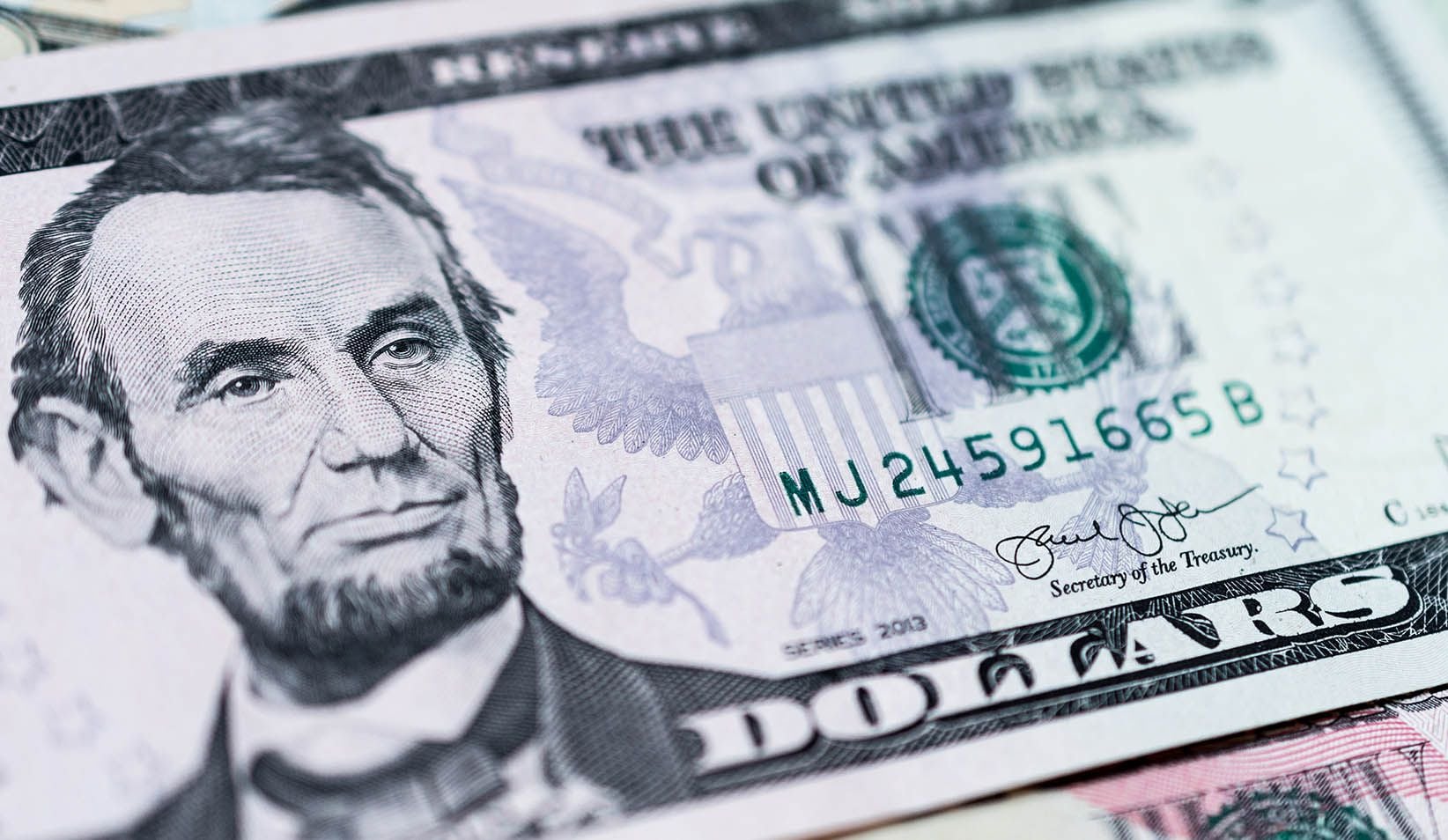
Image © Adobe Images
TS Lombard says recent dollar strength won't sustain.
"We retain a negative view on the U.S. dollar, despite recent stabilisation," says Kiran Kowshik, Global FX Strategist at Lombard Odier.
The Swiss bank says the U.S. dollar has stabilised higher since mid-September, reflecting a voting pattern at the September Fed meeting where some members preferred a more cautious approach to cuts.
Globally, ex-USD weakness was also apparent due to the uncertain political news flow from France and Japan.
Looking aheada, Lombard Odier says dollar-specific drivers are to resume dominance of pairs like EUR/USD and GBP/USD.
"While markets already price in the Fed funds rate eventually falling to 3%, the sequencing matters: the Fed is cutting rates just as several other major central banks (including in Europe and Switzerland) have ended their easing cycles," says Kowshik.
"This type of sequencing was seen in the 1980s and 1990s and resulted in USD depreciation as the Fed eased (see chart 2). We maintain a 12-month EURUSD forecast of 1.22."
Regarding the pound vs. dollar, a GBP/USD recovery is anticipated by the Swiss bank.
"Combined with renewed weakness in the USD, GBP/USD could see a more significant move higher heading into December if the UK Budget does not surprise market expectations. Our 12-month GBP/USD forecast stands at 1.37,” says Kowshik.
He adds that the pre-budget anxieties that have pressed down on sterling over recent months are not unusual and the currency tends to recover after budget events.
"Historically, sterling tends to weaken heading into the Budget but sees relief thereafter," says Kowshik.
